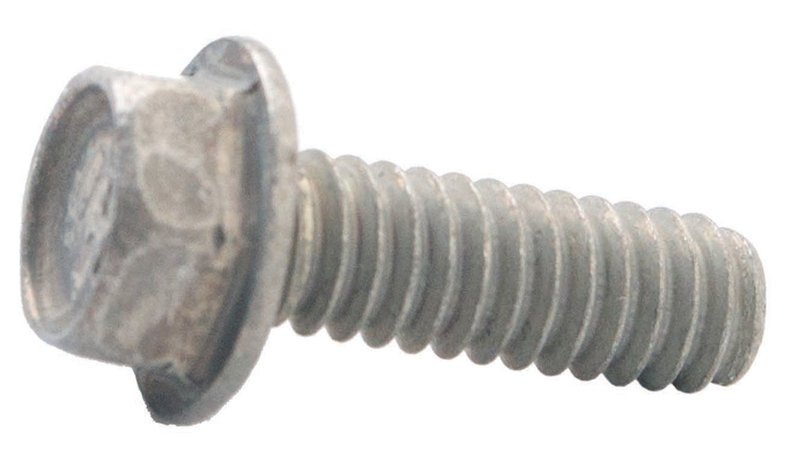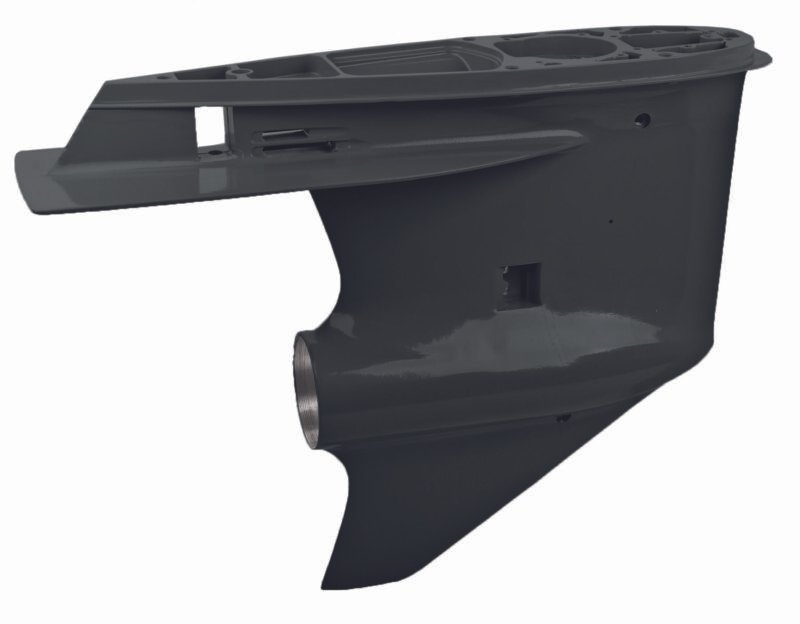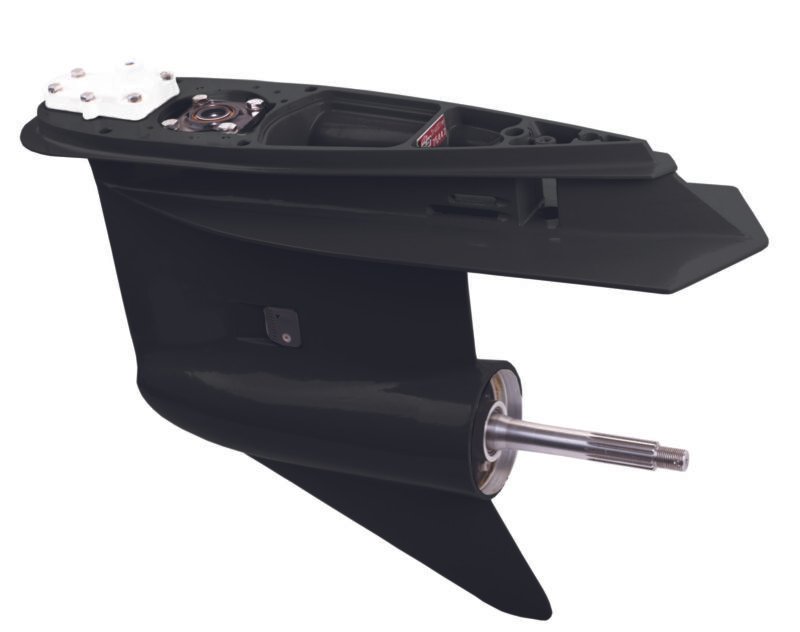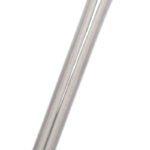
COTTER PIN
March 20, 2024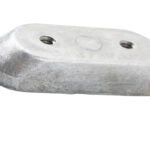
ANODE
March 20, 2024
Description
- Function: The primary function of a bolt is to create a mechanical connection between two or more components by applying tension. When tightened with a nut or other threaded fastener, the bolt creates a clamping force that holds the components together securely.
- Design: Bolts typically consist of a threaded shaft with a head at one end and a blunt tip at the other. The shaft is threaded along its length to allow it to be inserted into a pre-drilled hole in one component and secured with a nut on the other side. The head of the bolt may be hexagonal, square, or another shape, designed to be gripped and turned with a wrench or socket.
- Materials: Bolts are commonly made from various materials, including steel, stainless steel, brass, aluminum, and titanium. The choice of material depends on factors such as the application requirements, environmental conditions, and desired level of strength, corrosion resistance, and weight.
- Types: There are many different types of bolts available, each designed for specific applications. Some common types include hex bolts, carriage bolts, socket head cap bolts, lag bolts, and eye bolts. The selection of the appropriate bolt type depends on factors such as the load requirements, installation method, and desired aesthetics.
- Installation: To install a bolt, a hole is first drilled or tapped into one or more components to accommodate the bolt shaft. The bolt is then inserted through the hole, and a nut is threaded onto the exposed end of the bolt shaft. The bolt is tightened using a wrench or socket, creating the necessary clamping force to secure the components together.
- Applications: Bolts are used in a wide range of applications across industries such as construction, automotive, aerospace, machinery, and household appliances. They are commonly used to assemble structural frameworks, secure machinery components, fasten vehicle parts, and join materials in various engineering and manufacturing processes.

